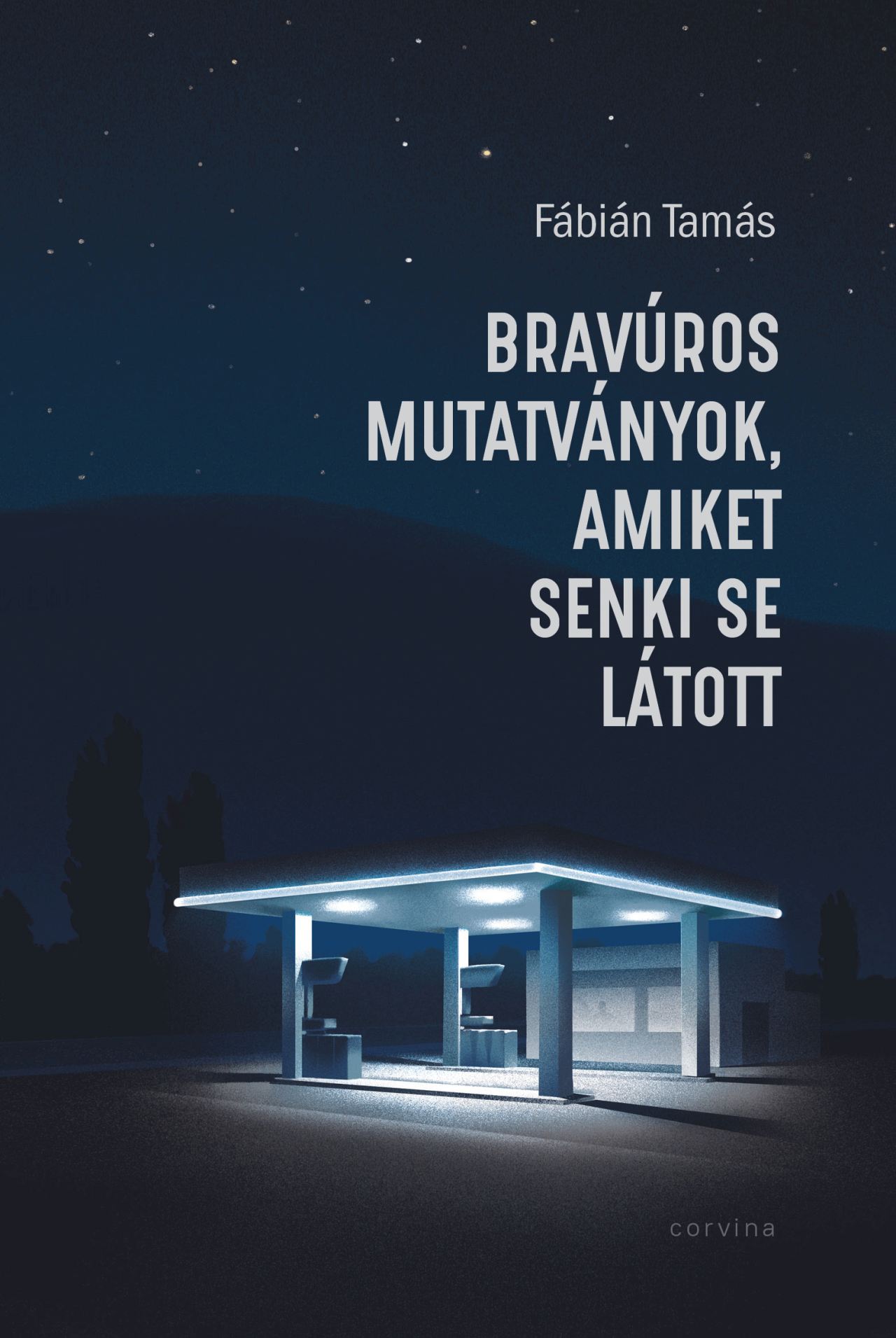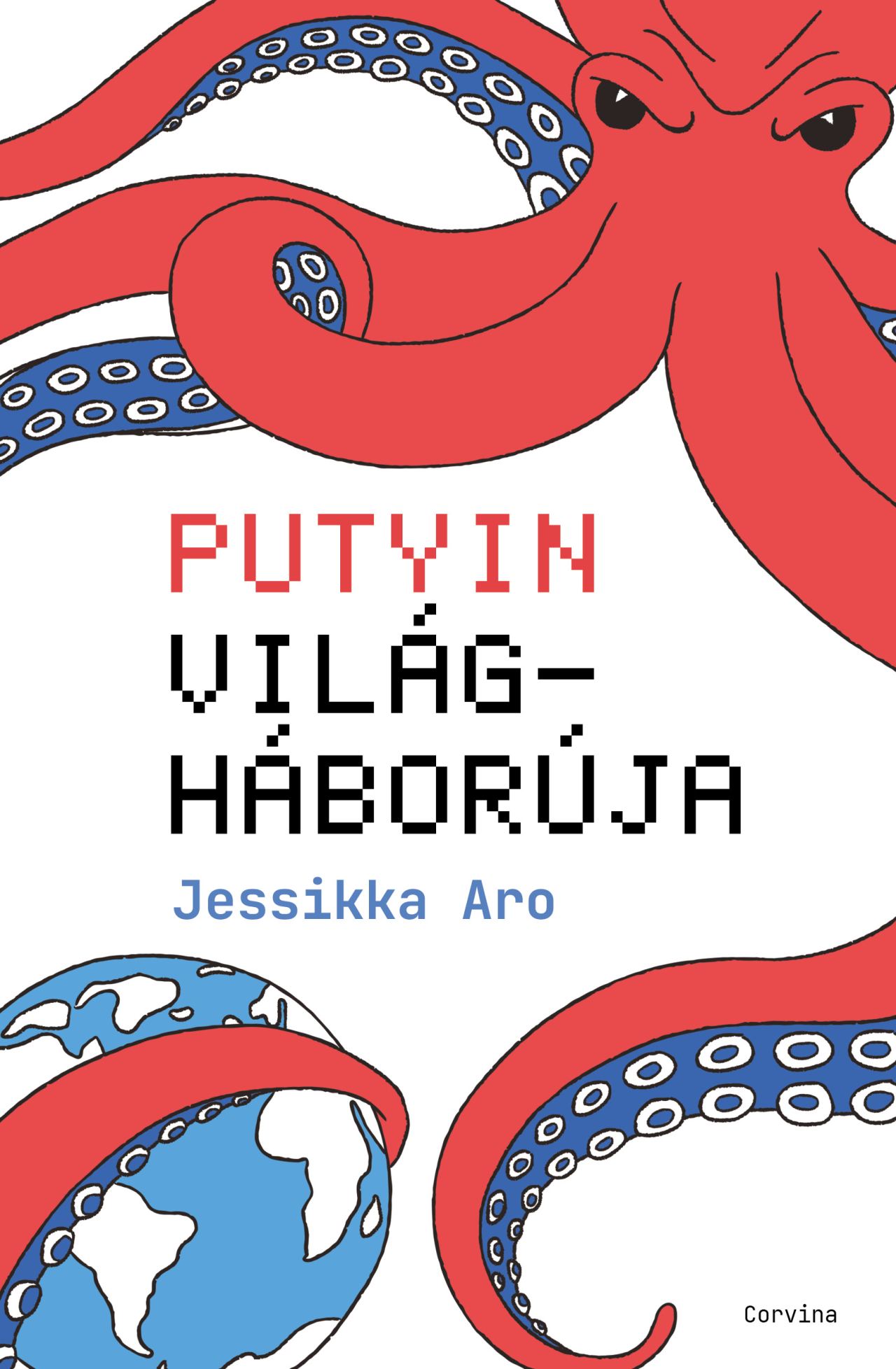
Books in English
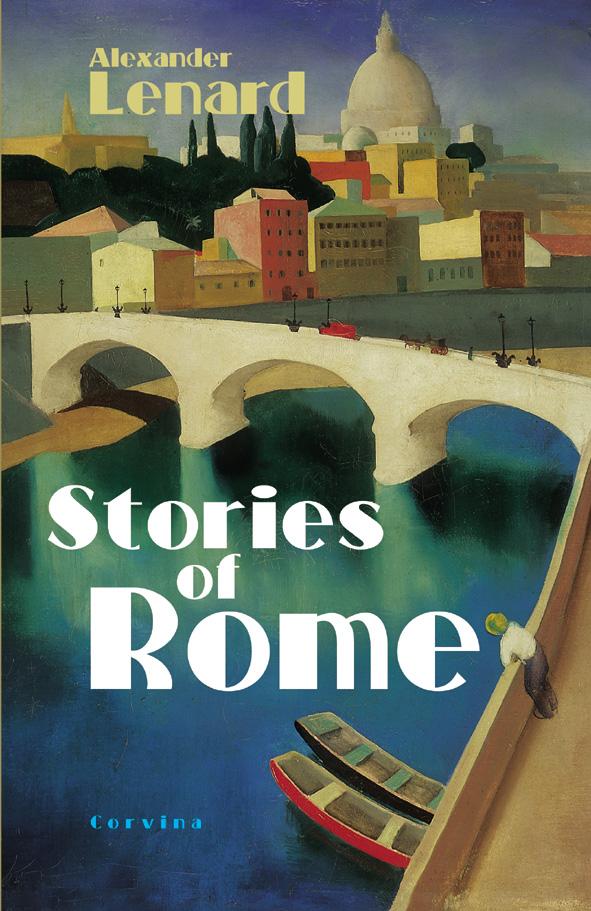 |
Róma, 1938: Lénárd Sándor egyetlen bőrönddel száll le a vonatról a római pályaudvaron. Váltás ruhaneműi az elkövetkező hónapokban elvándorolnak, s az ágy tutaja is elúszik alóla. Villamoson, várótermekben, romok között éjszakázik. De az utolsó percben mindig befut a pizzára való egy-két líra, baráti díványok kínálnak pár órás menedéket - és várja a Greco kávéház kapucínere, a "földrajzi társaság" orvoskollégái, akik reménybeli vízumok szalmaszálain menekülnének a fasizmus földrészéről Argentínába, Tibetbe, alaszkai bálnavadász hajókra, bárhová. Lénárdot lassan magához köti az Örök Város - nem csupán szökőkutas terei, palotái, könyvtárai, de lakosai is. S az a Lénárd, aki az 1943-as év eseményeit már gyönyörű Dianájával éli át a csupa üveg műteremlakásban, már nem magányos többé. Körülfogja a római utca antifasiszta indulata, nyers vidámsága, s ő és Róma egyazon szorongásban várják Mussolini bukását. S egy napon megrendül a föld, minden ablakból zuhannak lefelé a diktátor szobrai. Délutánra vastag gipsztörmelék borítja a Várost, az árnyas tereket, a zegzugos sikátorokat. Keserű könyv? Nagyon. Mulatságos? Nagyon. <br>
<br>
A korábban magyarul megjelent kötet első angol nyelvű kiadása.
244 oldal
3490 Ft
|
 |
Krúdy Gyula ,,A kékszalag hőse" című regényének első angol nyelvű fordítása. Fordította: John Bátki
352 oldal
3500 Ft
|
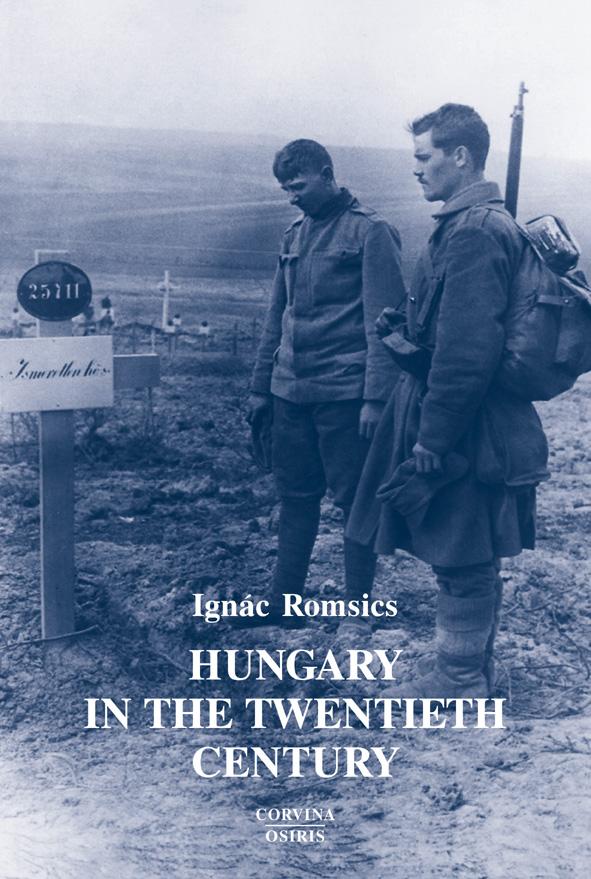 |
Ez a könyv Magyarország XX. századi történetének a hazai és a külföldi szakirodalomra, valamint a szerző kutatói eredményeire és oktatói tapasztalataira épülő, nagy ívű összegzése. Romsics Ignác egyetemi tanár a gazdaság-, társadalom- és művelődéstörténeti, valamint a kül- és belpolitikai szempontok kiegyensúlyozott érvényesítésére törekedett. A legfontosabb adatsorokat diagramok, grafikonok és táblázatok teszik áttekinthetővé. <br>
Magyarország XX. századi történetének összefoglaló alapműve - angol nyelven.
516 oldal
6000 Ft
|
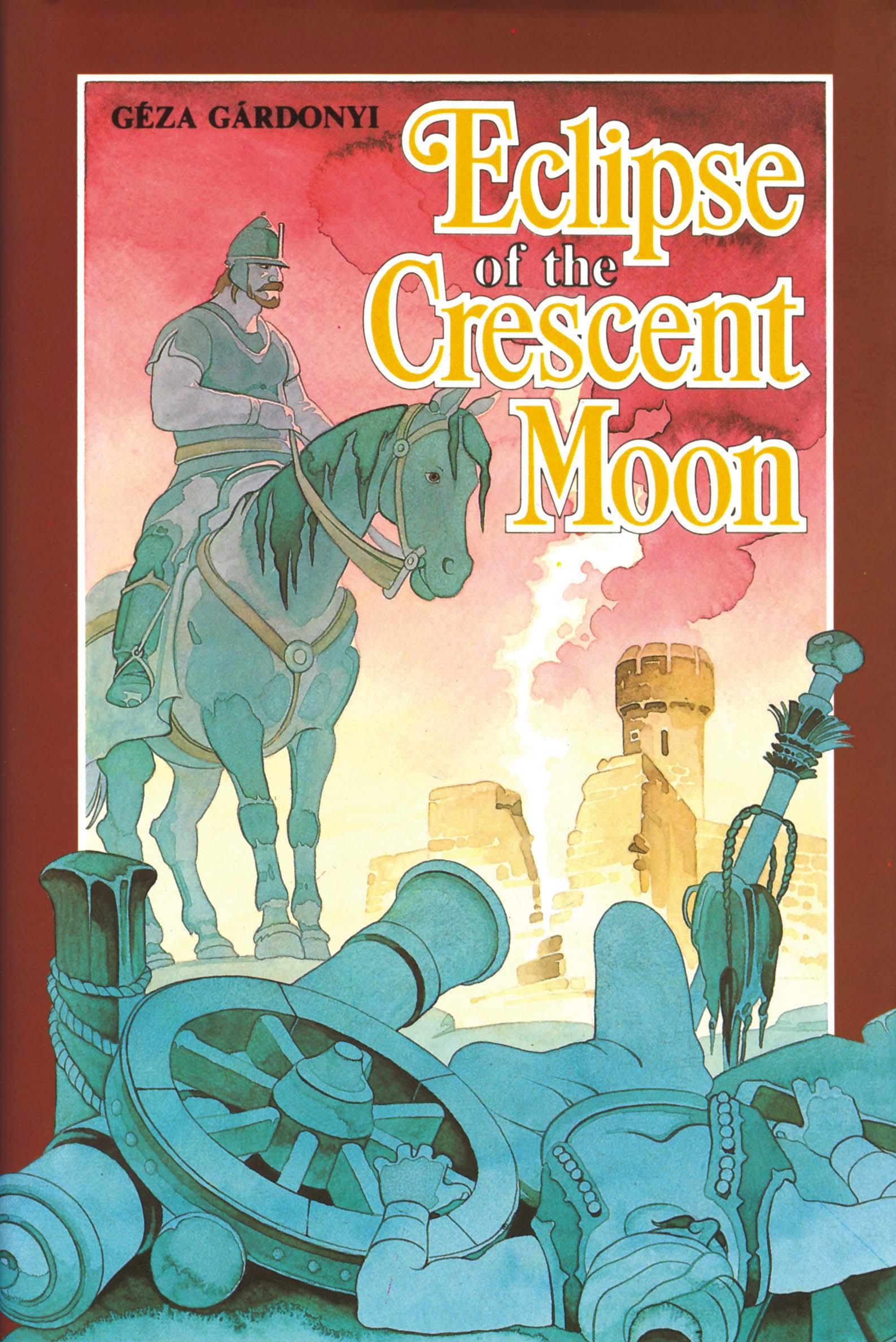 |
A külföldi olvasóközönség körében is jól ismert és méltán népszerű regény újabb kiadása. A fordítást G.F. Cushing készítette.
580 oldal
3500 Ft
|
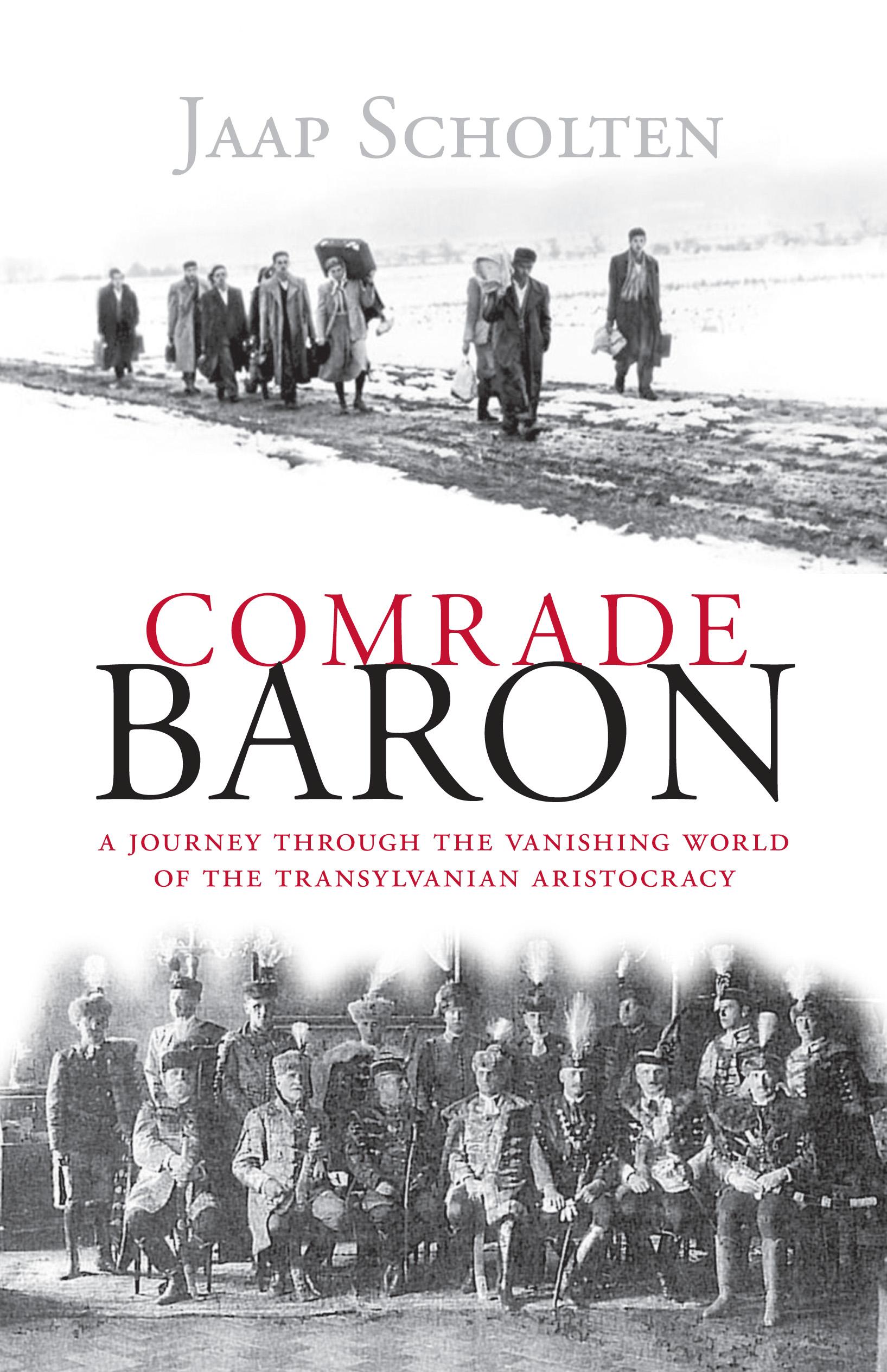 |
A Magyarországon élő holland író nagy sikerű könyvének angol nyelvű kiadása. Az interjúkon alapuló dokumentumregény az egykori erdélyi arisztokrácia sorsának - megpróbáltatásainak, szétszórattatásának - története.
404 oldal
3990 Ft
|
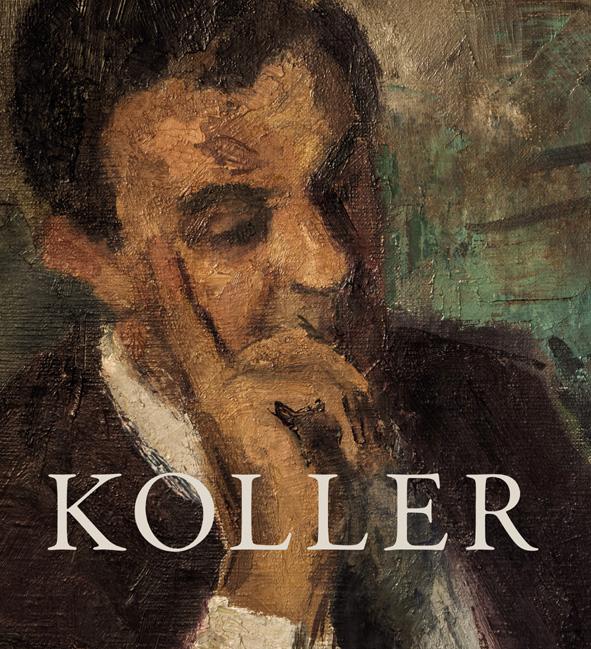 |
If the aim of this book would only be to report about the operations and the most important exhibitions of the Koller Gallery in the past 60 years, it would already be an indispensable contribution to the history of Hungarian art trade. György Koller wondrously managed during the circumstances of communist dictatorship to receive the permission to trade of the authorities and so in 1953 the "Munkácsy Mihály Creative Community of Etching Artists" was founded. Koller advised the artists to use the technique of limited edition graphics as they could be sold better, and it also meant that artworks of high quality were affordable for a broader public. For the sales he developed his own net of agents. The geniality of the idea was soon visible: his leading artists gained such popularity they would have never dreamed of, all the while forming the artistic taste of a whole generation. Above all "The Koller" was not a gallery, rather the gallerist, György Koller, turned into an institution. With astonishing vitality and inventiveness and in spite of the most difficult circumstances, he provided the artists with the opportunity to earn their living. Thanks to his charismatic personality the artists formed a community. His closest friends were István Szőnyi, Lajos Szalay, Miklós Borsos, János Kass and last but not least Amerigo Tot, Miklós Melocco and Imre Varga. The author of this book, Balázs Feledy, not only presents us parts of the history of art through the presentation of numerous correspondences between the artists, but also offers us an intriguing insight into the private history in the 20th century. <br>
With this book the descendants honour the grandfather as the founder and at the same time celebrate the 60th anniversary of the noble traditions of the gallery.
136 oldal
4990 Ft
|
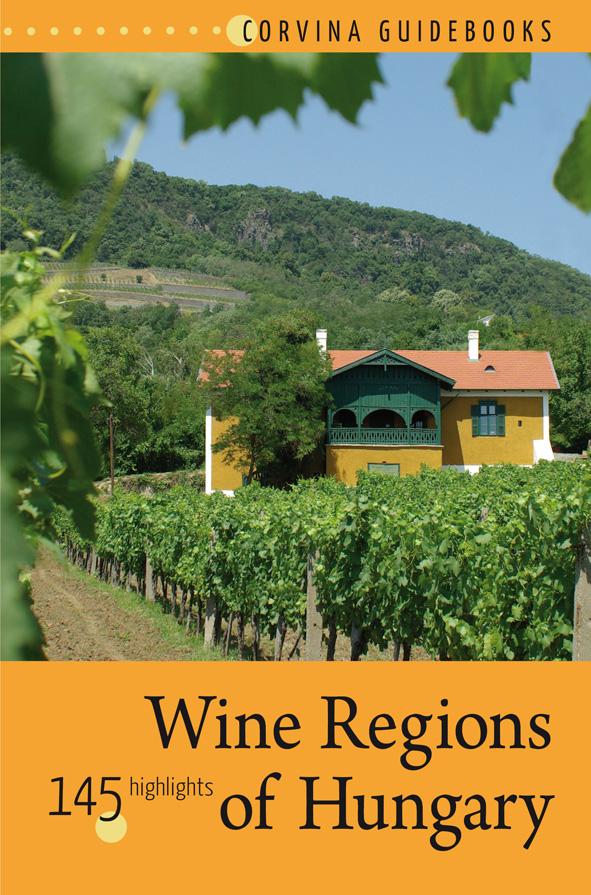 |
This second volume in Corvina's series of themed guidebooks presents the wine regions of Hungary, exploring their history, soil, climate and most typical grape varieties. The guide covers all 145 of the more significant wine producers in the country, conveniently breaking them down by region. We are introduced to each producer's winemaking 'philosophy' and working ethos, as well as full contact details and information on wine-tastings, retail and accommodation. And, in order to make the guide as full as possible, the winemakers covered here have themselves recommended a further 211 wineries of interest, listed here with full contact details. <br>
<br>
The guide is handsomely illustrated with 650 colour photographs, and has map and GPS references to aid orientation.
404 oldal
4990 Ft
|
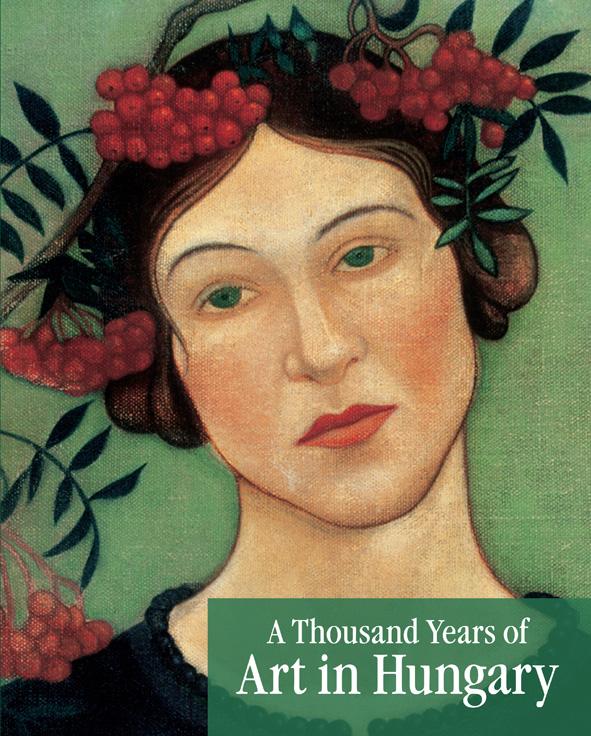 |
Since the end of the 9th century of our era, when Magyars settled in the Carpathian Basin, there have been several changes not only in Hungary's form of government, her capital, and the makeup of her inhabitants, but even in the country's borders and size. Nonetheless Hungarian art may be described in the familiar terminology of stylistic history used in the study of Western European art. Most of the novelties arose in response to royal or ecclesiastic initiatives, although in every period we find unique phenomena such as the Saint Ladislas legend depicted in medieval frescoes, the Matthias Corvinus symbolism pervading the entire Renaissance period, or the Grassalkovich-type Baroque country residence named after prince Antal Grassalkovich's castle at Gödöllő. A domestic demand for a national culture that arose in the 19th century soon resulted in a never before seen upswing in the arts and by the early 20th century internationally recognized masterworks were created chiefly in the fields of photography, the art of the poster, and various applied arts. From 1948 until 1989 the political situation relegated many artists to the categories of proscribed or tolerated art, limiting the
exhibition of their works to a semi-official sphere. <br>
<br>
The five well-known authors of this volume - Gábor Bellák and Árpád Mikó (Hungarian National Gallery), János Jernyei Kiss (Pázmány Péter Catholic University), Katalin Keserü (Eötvös Loránd University) and Béla Zsolt Szakács (Pázmány Péter Catholic University and Central European University) - rose to meet the challenge of providing accounts of eleven centuries of art in Hungary in a single volume, including, in addition to painting and sculpture, the fields of architecture, photography and the applied arts, as well as the main design trends of the 20th century.
400 oldal
12000 Ft
|
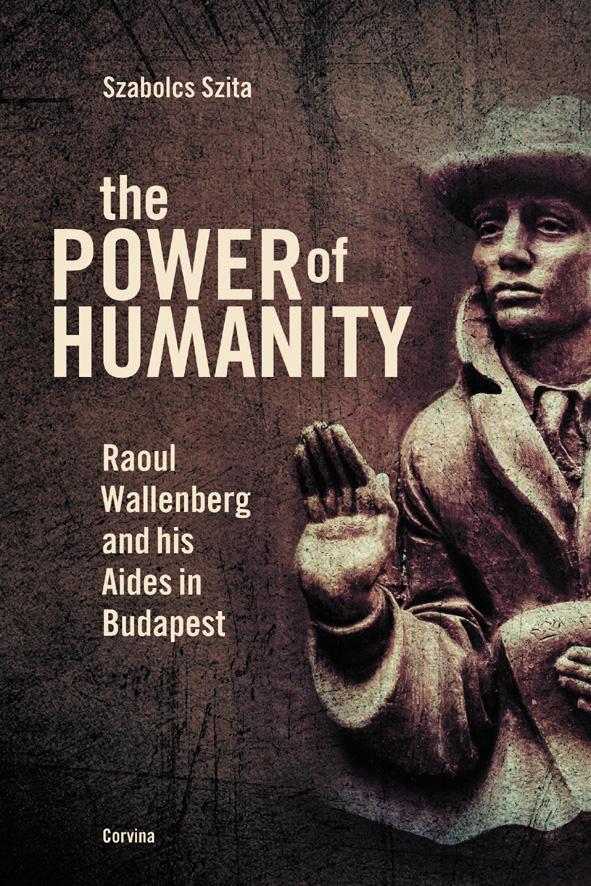 |
The nastiest aspect of the Second World War was the industry with which Germany and its allies - and in its turn the USSR - attacked not only the armies opposing them but also the civilian populations in the rear. Depredations against helpless civilians have a history as long as warfare itself, but this time cruelty plumbed new depths. The extirpation of the European Jews was scarcely below the demand for Lebensraum on Hitler's agenda, and as the war turned against him it became priority. <br>
European anti-Semitism is deeply rooted, traditional rather than rational even in the Hungary of today. Szabolcs Szita makes it clear that although Nazism was the driving force much of the damage to Hungarian Jewry was done by Hungarians, in particular the police and gendarmerie and most of all the Arrow-Cross party. He also makes it clear, however, that many Hungarians had no part in it, and that in Budapest at least some gave active expression to their disapproval, frequently thereby risking their lives. Led by the courageous Swedish diplomat Raoul Wallenberg, posted to Budapest expressly for the purpose, a nucleus of neutral diplomats, Red Cross staff and sympathetic Hungarians strove against the Fascist terror and saved thousands of Jewish lives. <br>
This book commemorates both those that have no memorial, who are vanished as though they had never been, and Wallenberg himself, ultimately the victim of the honest decency which he expected to find in others too.
244 oldal
2990 Ft
|
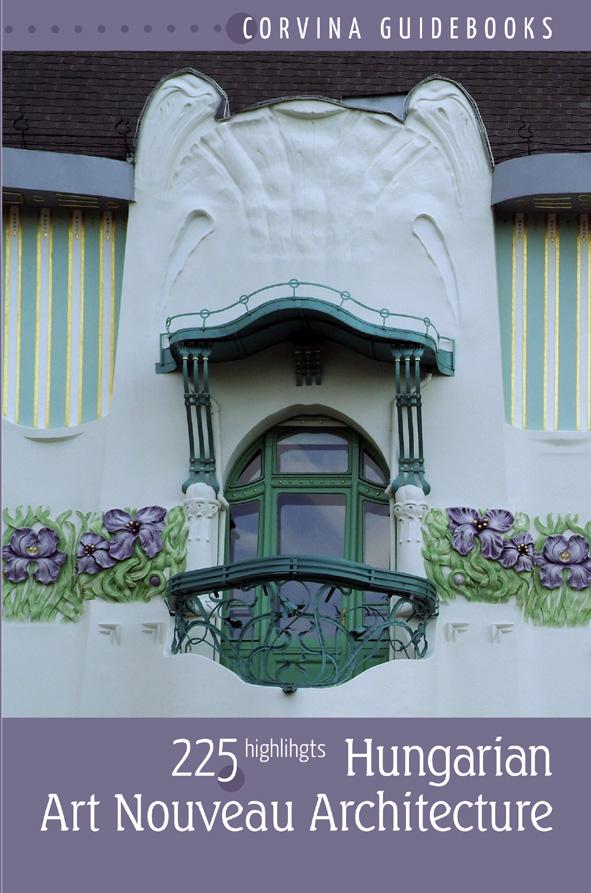 |
A Corvina tematikus útikönyv-sorozata a szecesszió építészeti emlékeinek bemutatásával indul. Közvetlenül az I. világháború előtt, alig húsz év leforgása alatt olyan világviszonylatban is kiemelkedő alkotások születtek hazánkban, és maradtak fenn viszonylagos épségben, amelyeket feltétlenül érdemes célzatos országjárás keretében végignézni.
Az egykori Magyarország teljes területét átfogja a válogatás, több mint 60 település került bele az útikönyvbe. A leírt épületek nagyjából harmada budapesti, harmada a mai Magyarország területén, harmada pedig a környező országokban található. <br>
A több mint ezer szecessziós épület közül 225-öt ismertet részletesen a könyv, ezek közül 73-at kiemelten is, valamint az ezek közelében található további közel 500 szerepel cím szerint, önálló felfedezésekre sarkallva az olvasót. Van közöttük városháza, palota, templom és lakóház, de akad tűzoltószertár, víztorony, gyár és vasútállomás, síremlék és ravatalozó, virágbolt, híd és szökőkút, sőt körhinta is. <br>
Az útikönyvet mintegy 400 színes fotó teszi szemléletessé. A tájékozódást térképek és GPS-koordináták segítik, a budapesti szecessziós épületek megkeresését pedig sétaútvonalak könnyítik.
Angol nyelvű kiadás.
360 oldal
4990 Ft
|
|
 |
|
|
Az írás véresen komoly dolog, akár halálos is lehet. Egy regény képes megváltoztatni az életünket, főleg, ha még nincs kész, és meg kell találnunk a hiányzó zárófejezetet. Újrakezdeni...
|
|
|
Fordította: Jankó Szép Yvette
Utazás a putyini hibrid hadviselés legmélyebb bugyraiba
Oroszország a harmadik világháború kirobbantásával fenyegeti a Nyugatot, és a konfliktus rejtetten már évek óta zajlik. A Kreml régóta...
|
|

















